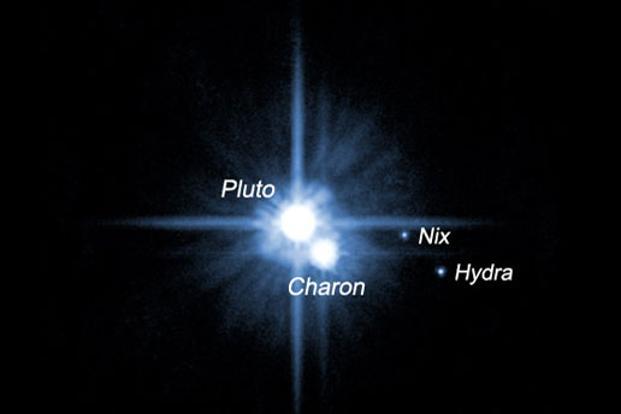
BERLIN (PTI): The hunt for Earth-like planets around distant stars could soon become a lot easier, thanks to a new laser technique developed by researchers in Germany.
The technique will allow a spectral analysis of distant stars with unprecedented accuracy, as well as advance research in other areas of astrophysics, such as detailed observations of the Sun and the measurement of the accelerating universe by observing distant quasars, researchers said.
Researchers successfully demonstrated how a solar telescope can be combined with laser frequency comb (LFC) - a tool for measuring the colour or frequency of light.
LFC has been responsible for generating some of the most precise measurements ever made. An LFC is created by a laser that emits continuous pulses of light, containing millions of different colours, often spanning almost the entire visible spectrum.
When the different colours are separated based on their individual frequencies - the speed with which that particular light wave oscillates - they form a "comb-like" graph with finely spaced lines, or "teeth," representing the individual frequencies.
This "comb" can then be used as a "ruler" to precisely measure the frequency of light from a wide range of sources, such as lasers, atoms or stars.
The researchers, from the Max Planck Institute of Quantum Optics, the Kiepenheuer Institute for Solar Physics and the University Observatory Munich, performed an analysis on the Sun by combining sunlight from a solar telescope in Tenerife with the light of an LFC.
Both sources of light were injected into a single optical fibre which then delivered the light to a spectrograph for analysis.
The researchers envisage using the new technique to not only study the star at the centre of our solar system, but stars much further away from us, particularly to find Earth-like planets that may be orbiting around them.
When a planet orbits a star, the star does not stay completely stationary, but instead moves in a very small circle or ellipse.
When viewed from a distance, these slight changes in speed cause the star's light spectrum to change - a process known as a Doppler shift.
The researchers believe that an LFC would allow them to measure these Doppler shifts much more accurately and therefore increase the chances of spotting Earth-sized, habitable planets.
The study was published in the Institute of Physics and German Physical Society's New Journal of Physics.
 Previous Article
Previous Article Next Article
Next Article












The Indian Air Force, in its flight trials evaluation report submitted before the Defence Ministry l..
view articleAn insight into the Medium Multi-Role Combat Aircraft competition...
view articleSky enthusiasts can now spot the International Space Station (ISS) commanded by Indian-American astr..
view article